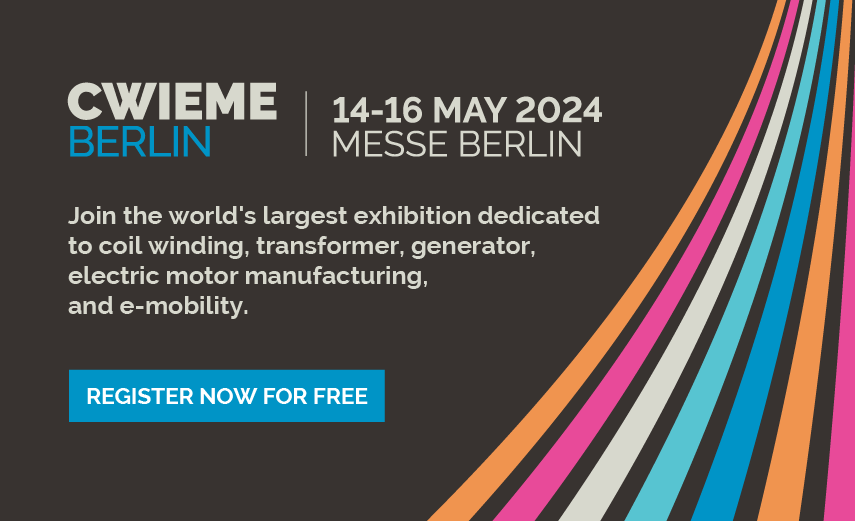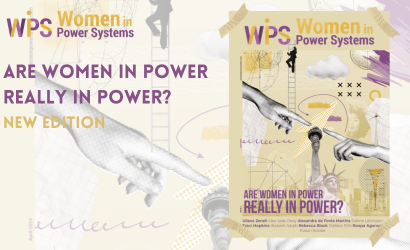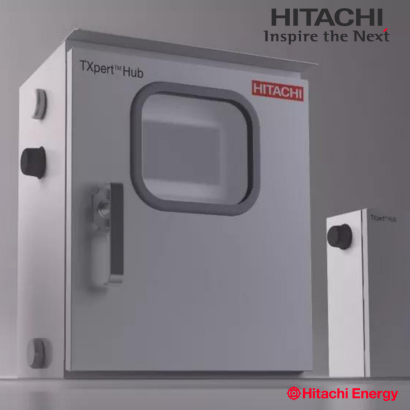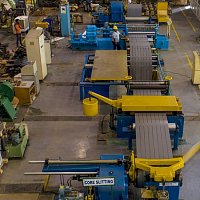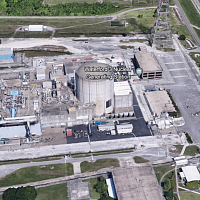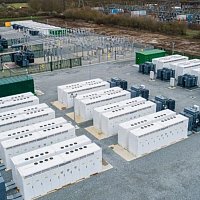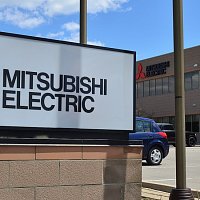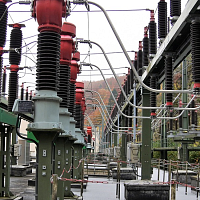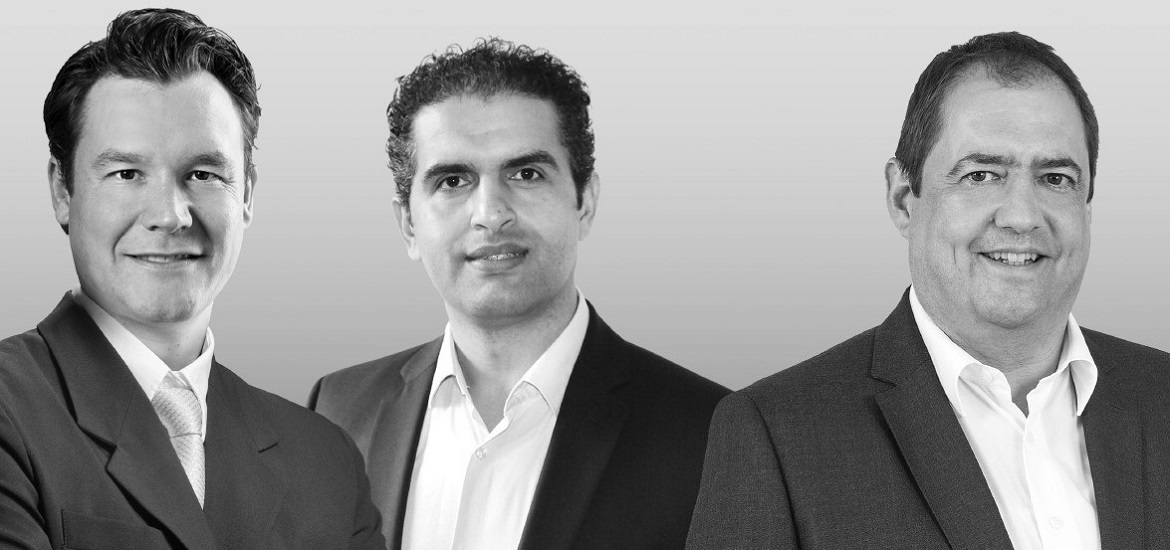
Interview with Ulrich Voss, Vice President, Marketing and Sales for Power Transformers, SGB-SMIT; Marcel Hilgers, Head of Sales, Technical Customer Service, and Communications, thyssenkrupp; and Hossain El Hachhouchi, Manager of Procurement, Enexis
FEATURE INTERVIEW
Transformer manufacturers need support from the regulators, from the government. CO2 needs to find a way into the specifications in a way that it is given clear guidance from the top down.
Alan Ross
I have a delight today. This is not your normal one-on-one because we have three people here. I was looking on LinkedIn and I saw something about a transformer that was made by SGB-SMIT. It was made using steel from thyssenkrupp, and it was made for a company called a Enexis. So let me introduce my guests, because we're going to talk about that transformer.
First, this is Ulrich Voss. He is from SGB-SMIT. Ulrich, what's your title there?
Ulrich Voss
The official title is Vice President, Marketing and Sales for Power Transformers.
AR
And this is Marcel Hilgers. He is with thyssenkrupp. Marcel, what's your role there?
Marcel Hilgers
Thank you, Alan. I'm pretty happy about my title because it's not really a title. I'm taking care of customers, markets and technology.
AR
Last, but not least, Hossain El Hachhouchi. Hossain is with the Enexis. What is your role there, Hossain?
Hossain El Hachhouchi
I'm the manager of procurement, responsible for the purchase of all the grid components and IT at Enexis.
AR
I love the story about how we came about with the transformer that you bought. It is very unique: inspirational and aspirational. I want to start off, first of all, with you, Ulrich. SGB-SMIT is a big company. You make a lot of transformers and other electrical components. What in the world caused you all to think you'd like to be able to produce a carbon neutral transformer? How did you get involved in that?
UV
I would not say carbon neutral, but for SGB-SMIT, sustainability is really one of our key drivers towards the future. And a big part of this is CO2. We were thinking a lot about how can we, as a transformer manufacturer, reduce CO2. As a manufacturer, we can do a limited number of things. We can produce less waste, avoid waste, use LEDs. But the main drivers are the customer specifications regarding losses, because low losses over a lifetime make a huge impact. And then there are our sub-suppliers. One of our main sub-supplier coal-based materials is core steel, with a portion of approximately 30 – 40%. Therefore, thyssenkrupp is with us here in this talk.
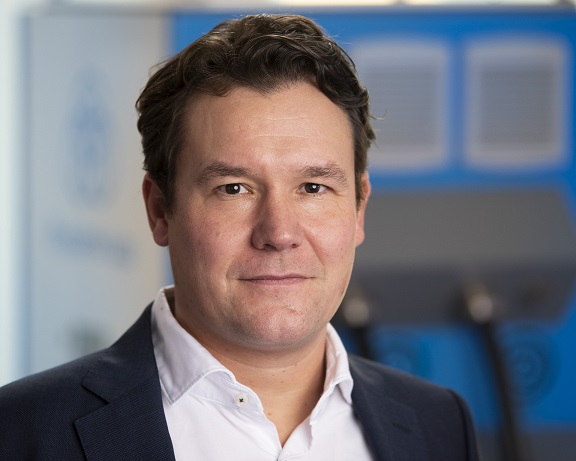
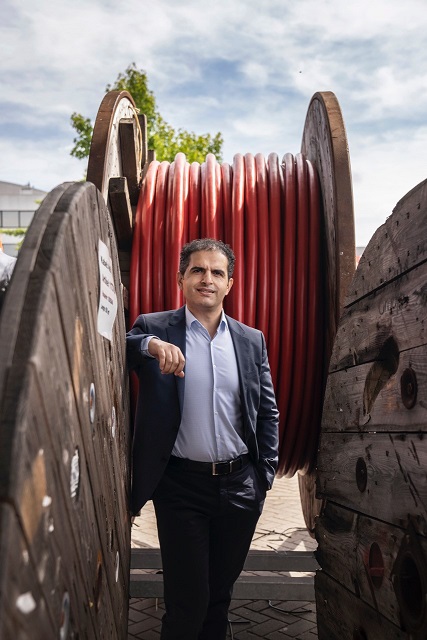
We are the only DSO in our region. This creates a certain responsibility and cost-consciousness.
AR
To get to carbon neutral, you have to get lower CO2, so decarbonization is more where I was going for. We're all moving to try to get to a carbon neutral economy.
Now you're looking at a sub-supply of a major component of transformers, and you talk to Marcel at thyssenkrupp. Marcel, tell us a little bit about how, when you were working with SGB-SMIT, you came up with the idea – we've got to do the same thing, because it's not just what you did in this project, it is a commitment from the whole company to be able to decarbonize, digitalize, and decentralize, right?
MH
I think we are on the same mission in this, the overall electricity industry. But let's have a quick look into the steel industry. In the steel industry, we are a major polluter. So globally, about 8 to 9% of CO2 emissions are created by steel and iron making. Therefore, we are a big part of the problem, but also a big part of the solution. We as a company have clearly taken commitment right now. Our target is to decarbonize our production completely until the year 2045. But we are doing this in steps. Today we already have decarbonized the steel solutions available. And for this, of course, we need customers, transformer makers, and of course, transformer makers need customers. We are looking for pioneering partners in this big transformation phase. SGB is a dream partner, so to say, because they are really looking forward to decarbonize as well. Naturally, we got together about this for the first steel with a reduced CO2 intensity to be delivered to them.
AR
This is brilliant. If they didn't have a customer, so if thyssenkrupp did not have a customer, SGB, and if SGB-SMIT didn't have a customer, Enexis, none of this would happen. As the procurement expert, you all came along and when they brought the idea to you, adopted it and said, yeah, we would like to work as partners. Talk about when you first heard about it and your role in creating specs and then ultimately saying, we will buy that transformer.
HE
Let's begin with the credits where they are due, because it's an idea that actually existed between Ulrich and Marcel. When Ulrich approached us with this idea, we were very enthusiastic about it. To lower our CO2 impact as a DSO, we focus mainly on lowering the loss of energy during transport. The idea of thyssenkrupp and SGM takes that objective a step further. That's quite interesting because as a DSO we do encourage the sustainability production initiatives. But to make a shift, or transition from natural gas or coal to hydrogen, that is a great step and you need you need the industry. I'm very happy to see that these two organisations made this step, especially thyssenkrupp, to be able not only to have a pilot, but to also invest largely in hydrogen production and using hydrogen in the process of melting steel. I hope more will follow, because this is, I think, the only way forward.
AR
I always love to see where the inspiration came from. As much credit as we're giving to Ulrich and Marcel, the companies that they work for had to make a commitment. Kudos to your bosses and your boss's bosses and the people at the top.
Now let's get down to the basics. How did we get there? I want to talk about the steel first. You said you're a big polluter. We don't want people to know that. We want them to think that steel is made in a garden where flowers grow. Steel is a major component to everything we do and always will be. Talk a little bit about how thyssenkrupp got there. How did you decide that you wanted to make a steel that could be used in a transformer that could be purchased by a customer?
MH
Thank you, Alan. We are really in the biggest transformation of our company since ever here. Steel has been made for thousands of years, literally, in a blast furnace process using iron ore and coking coal as a reducing agent. A lot of CO2 is created by the process itself. To give you one figure here, 3.8 metric tons of CO2 is created, in our case, per one ton of grain-oriented electrical steel core steel.
Our commitment is replacing all our blast furnaces. We have four of them, and we make around 11 million tons of steel, which creates around 20 million tons of CO2. We want to get rid of all of this by applying a new technology – direct reduction technology. In the future we will use iron ore, same as before, however, we will replace coking coal with hydrogen as a reducing agent. This means water vapor is coming out of the furnace and we have iron sponge coming out of this device. Today we already have solutions, for example feeding hydrogen, blast furnace processes and others. And this is what Ulrich is using with SGB.
We have some very, very important news for our company – we have the approval to invest more than EUR 2 billion into the first direct reduction plant. And here, Alan, is the answer to your question. This solution needs pioneering because there is no real market for this at the moment. But we clearly believe there will be a market. Also, we believe that in the future gray products will probably cost more than green products.
AR
This is happening. It has to come to what I call scale. But scale is people like SGB-SMIT saying yeah, we want to participate in this. And you just spoke about it, Marcel, about the corporate commitment that you made. That's a huge commitment. It also takes a lot of garbage out of the air and hydrogen in itself can be a problem, so you got to do it in a safe way. What is the commitment not just to this transformer, but the commitment from SGB-SMIT to this whole pioneering issue?
UV
In a way that we really worked with thyssenkrupp and we agreed that they will be the first to bring this to the market. I can only return the compliment – thyssenkrupp is the ideal partner for that. We were the first bringing this to the market and the question was which power transformer customer we should start with. There was no doubt, we selected Enexis. We have a partnership lasting for about 20 years. We supplied so many of these power transformers to them. Therefore, we introduced this idea, and they immediately accepted and welcomed it, and also were willing to continue.
AR
Hossain, how is the Enexis using this opportunity to express to your market the change and the impact on their lives? I assume your marketing department is getting all over this.
HE
Well, our situation differs a bit from what is common in certain markets. We are the only DSO in our region. This creates a certain responsibility and cost-consciousness. This means that it's is very important for us to keep the prices low. We are very thankful that SGB was willing to deliver the first unit cost neutral.
We are absolutely committed to the partnership that we have with SGB, and we definitely embrace the steps that Marcel and thyssenkrupp are taking towards pioneering in this area, but it also needs some help from the EU and national governments.
AR
There's a price to pay at every level. Thyssenkrupp is investing billions of dollars
We've talked about production and how you're moving to hydrogen. You all are way ahead of everybody. You're the pioneer. And remember what happens to the pioneer. They're the first ones to get shot. So let's put some protection around you and bring some other people to the party. SGB-SMIT, thank you for the fact that you're actually supporting this, because you got the pressure on costs that the consumers and government puts on an excess.
Now it's a matter of scale. And I think scale is coming a lot faster because I know that in the United States we have a thing called the Inflation Reduction Act. It's $345 billion, of which 40 billion goes to the power industry to reduce carbon. Canada has also stepped up. We're getting Latin America to step up. Europe just passed something on a EUR 58 billion approach to hydrogen economy. Ulrich, do you have any advice for them?
UV
I wanted to support the statement about governmental support. We as a transformer manufacturer need support from the regulators, from the government. CO2 needs to find a way into the specifications in a way that it is given clear guidance from the top down.
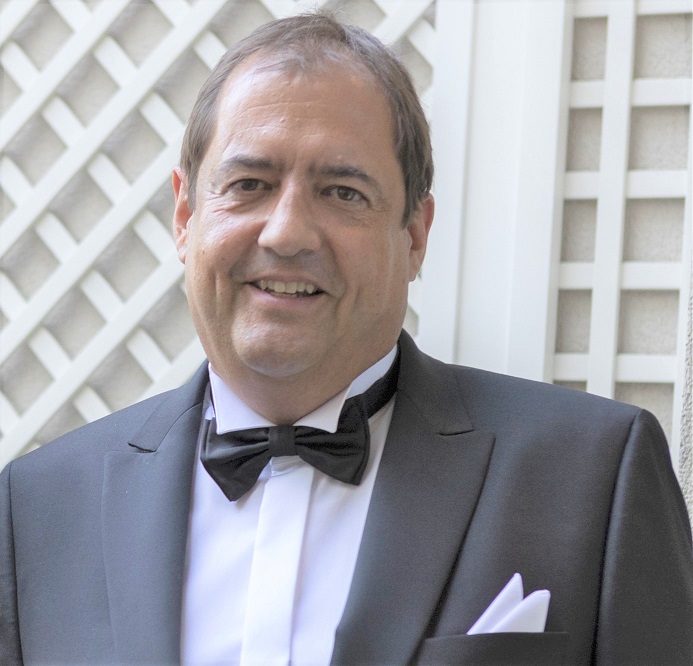
AR
I think Marcel is the one that ought to end this conversation about the inspiration of what thyssenkrupp is doing.
MH
I have a very fresh experience here. I'm currently in Italy at a trade show trade exhibition, which is about electricity. And I gave a speech about this topic here – CO2 reduced steel for this industry. In the audience, there were questions coming which exactly addressed what you just mentioned. They were saying, we are on board and we want to do this, but we need regulations, and we as an industry need to come together to create this, as there's too much confusion. Of course, we encourage this, because what is sometimes, as a business person first, a bit hard to digest and understand, is that in the end, it's about decarbonization for our future. It's not so much about now, the next business case, competing and so on. Yes, we are pioneering this and we will continue with this absolutely, with our commitment. But we do see, of course, the whole steel industry moving in Europe, as well as elsewhere. We embrace this as well, because that creates credibility for this product, for the industry.
And it's a good thing in the end, as less CO2 will be emitted. That's what we need.
AR
In the United States, we have an organization called TMAA, the Transformer Manufacturing Association of America. They are a lobbying group to the federal government. I want to give some kudos to them, because they caused this Inflation Reduction Act which has nothing to do with inflation. Steel is going to get some support if they make it carbon neutral. I know we're not there yet, but to get to zero, we have to start here. And you guys have started.
Thank you, Hossain, thank all of your people for what you've done. Thank you, SGB-SMIT and Ulrich and all your people for what you're doing. And thank you, Marcel and thyssenkrupp, for your commitment to this, because you're making the world a better place for my granddaughter.
Globally, about 8 to 9% of CO2 emissions are created by steel and iron making. Therefore, we are a big part of the problem, but also a big part of the solution. Thyssenkrupp has clearly taken commitment right now.




